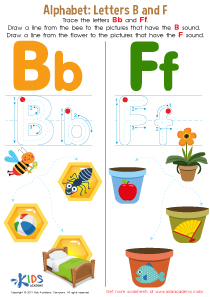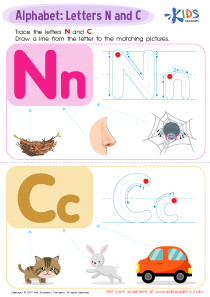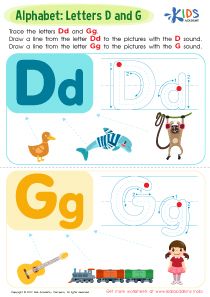Writing practice Letter A Worksheets for Ages 3-9
3 filtered results
-
From - To
Enhance your child's writing skills with our engaging "Writing Practice Letter A Worksheets" designed for ages 3-9! These worksheets provide fun and interactive exercises to help young learners master the letter A, featuring tracing activities, coloring tasks, and creative writing prompts. Perfect for preschoolers and early grade students, our resources support fine motor skill development and reinforce letter recognition in an enjoyable way. Parents and educators can easily access and print these worksheets to supplement classroom learning or home education. Give your child the confidence to express themselves with our comprehensive writing practice activities, ensuring a solid foundation in literacy!
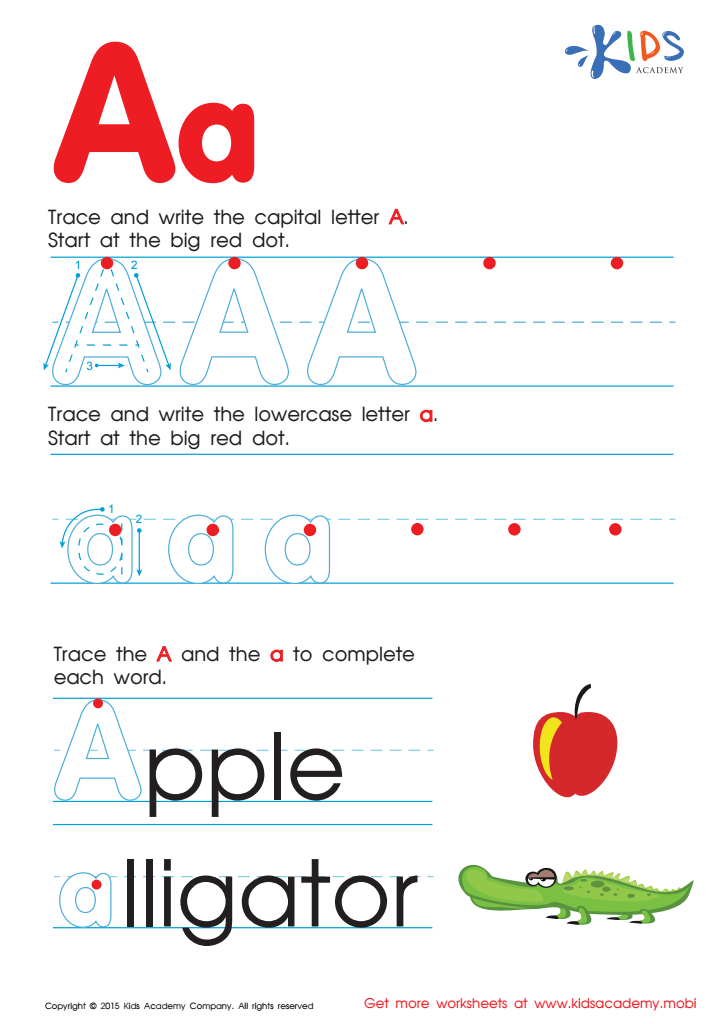

Letter A Tracing Page
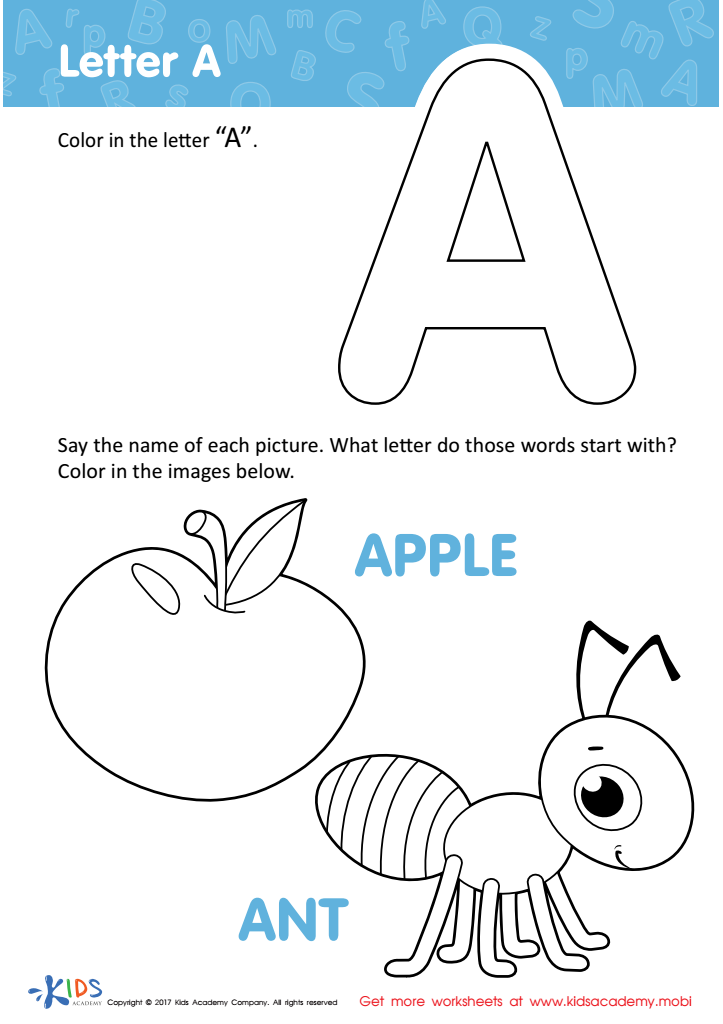

Letter A Coloring Sheet
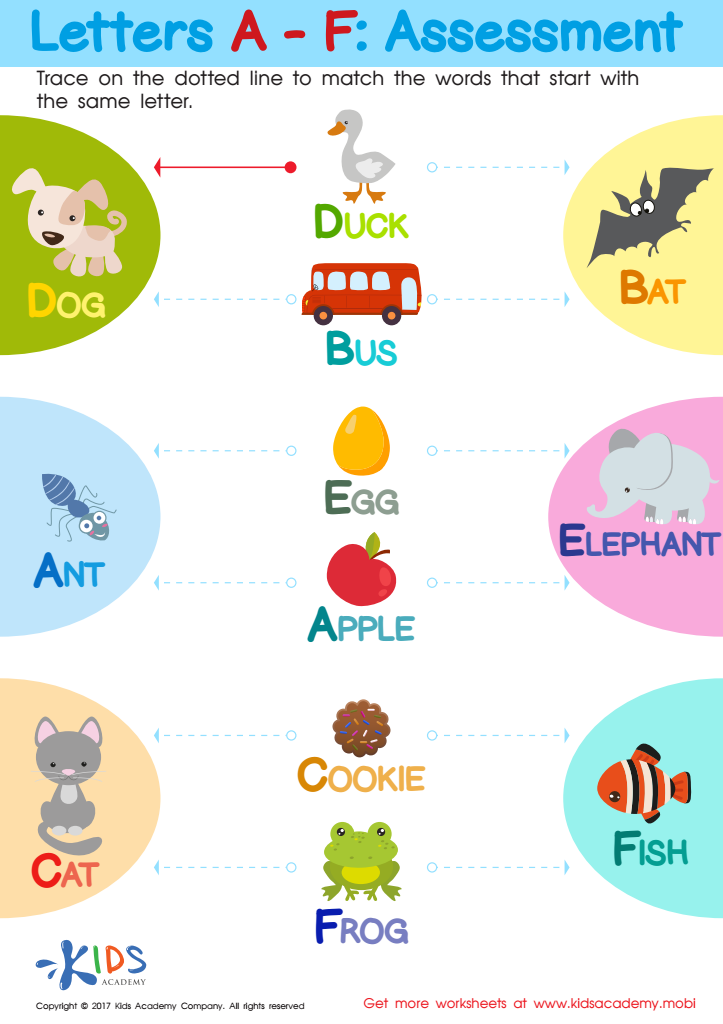

Letters A - F Worksheet
Writing practice is essential for children aged 3-9, as it lays the foundation for literacy and cognitive development. Learning to write the letter "A" might seem simple, but it serves as a building block for language skills. This initial experience helps children grasp the mechanics of writing, fine-tuning their hand coordination and motor skills, which are critical for future learning tasks.
Moreover, practicing the letter "A" allows young learners to familiarize themselves with the alphabet, fostering early reading abilities and phonetic recognition. Understanding letters is crucial, as children begin to connect sounds with symbols, an essential part of language acquisition.
Engaging in writing activities also enhances creativity and self-expression. At this age, writing is not just a technical skill; it’s a way for children to communicate their thoughts and emotions. Parents and teachers should encourage writing practice as it builds confidence and encourages a love for learning.
Finally, consistent writing practice enhances concentration and discipline, qualities that benefit children in all learning areas. When parents and teachers prioritize writing the letter "A," they are not just teaching a letter; they are nurturing lifelong skills essential for academic success and personal growth.
 Assign to My Students
Assign to My Students







